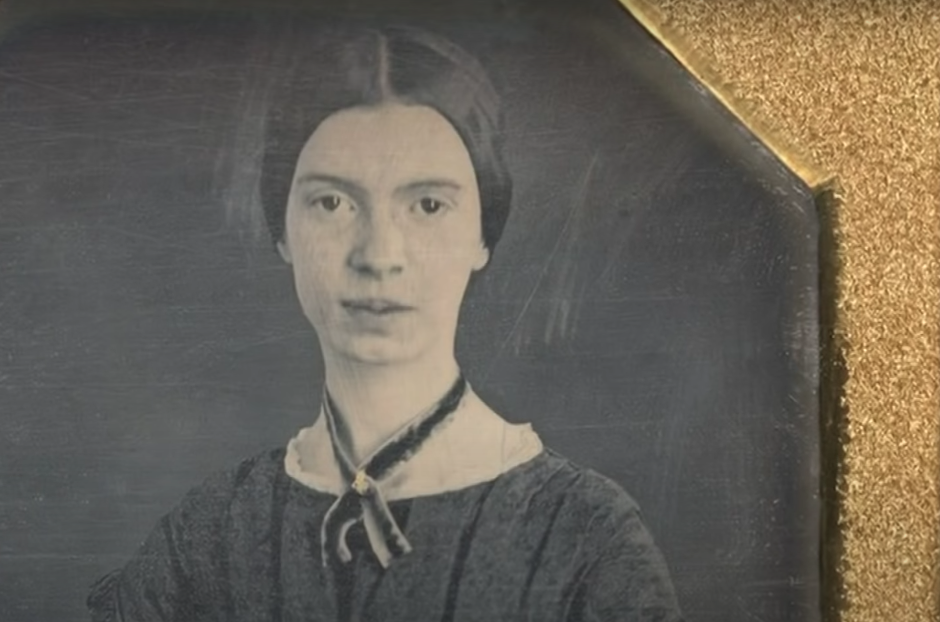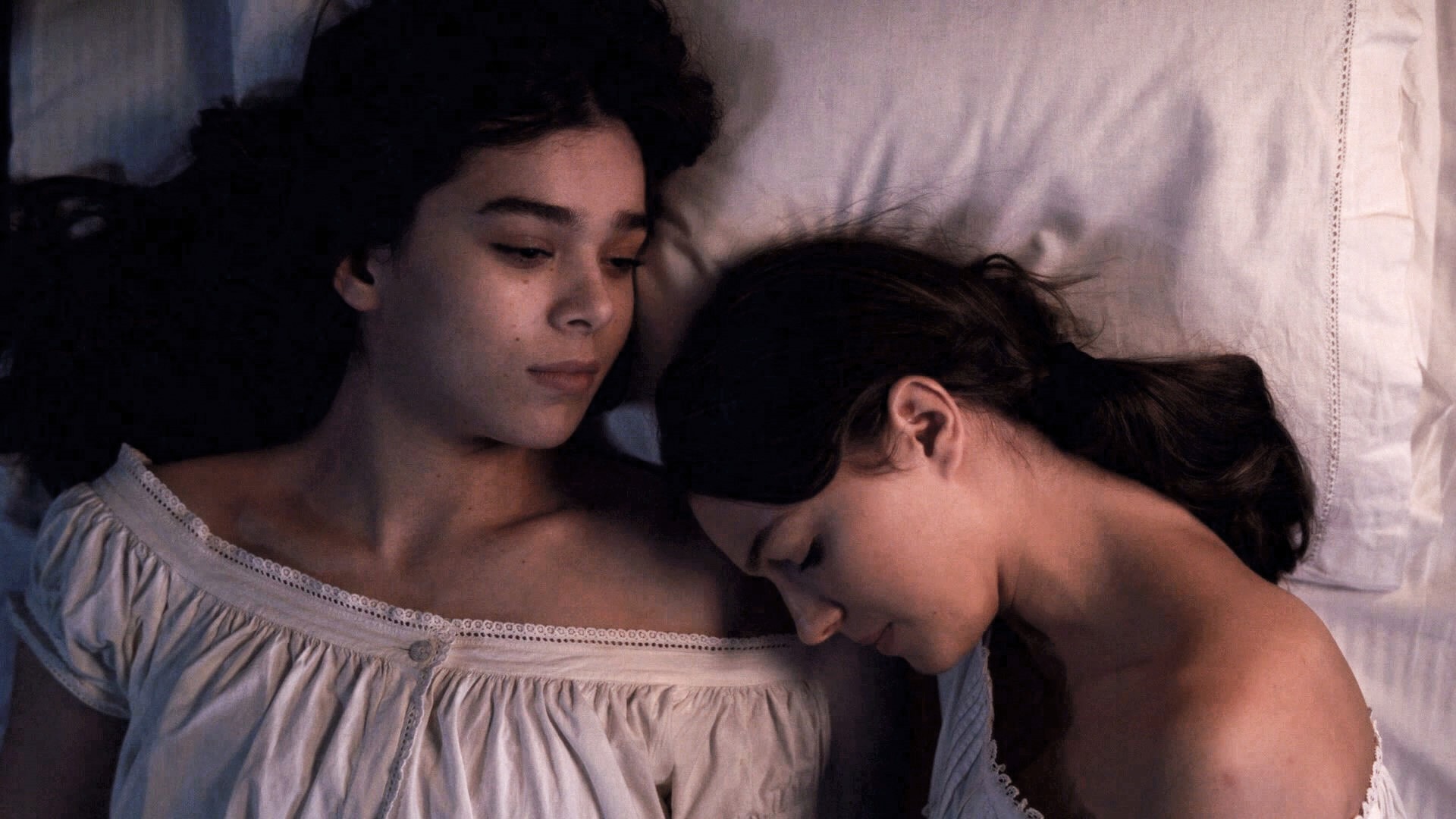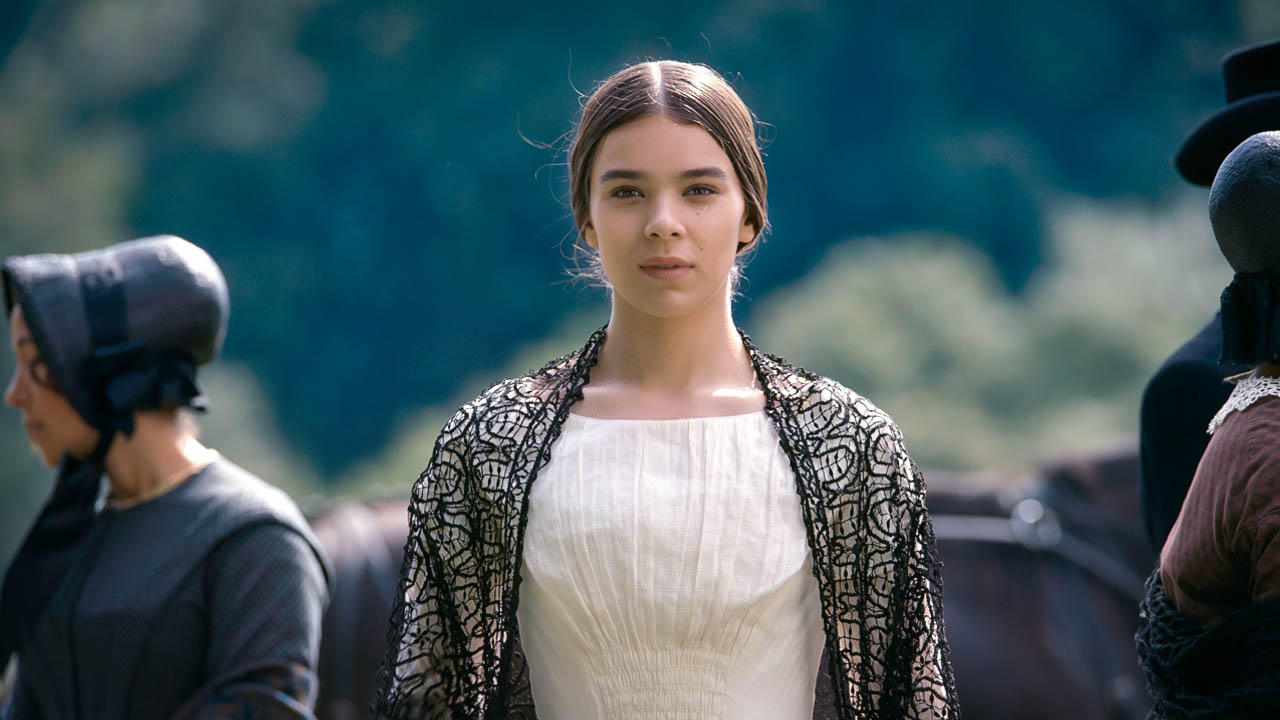An Apple TV+ original, ‘Dickinson,’ is a period comedy-drama that revolves around a teenaged version of the great American poet, Emily Dickinson, and is a delightfully weird amalgamation of modern and period sensibilities. Set in the mid-1800s New England (Amherst, Massachusetts), the series is partly a coming-of-age story of a brilliant and intellectual young woman who chafes against the oppressive patriarchy and partly a biographical period drama.
Hailee Steinfeld portrays young Emily Dickinson as funny, weird, friendly, social, and utterly irreverent. She writes in secret on little pieces of paper, makes out with her brother’s fiancée on the regular, drops dead rats in the laps of suitors, dresses as a man to attend college lectures, takes opium and hallucinates giant talking bees, and fixates on her glorious visions of Death in a carriage. Of course, giant talking bees and Wiz Khalifa as a personification of Death are not based on actual accounts of Emily Dickinson’s life. But what about the rest of the story? Is ‘Dickinson’ based on real-life incidents? Let’s find out.
Is Dickinson Based on a True Story?
‘Dickinson’ is partially based on a true story. It is loosely inspired by the life of Emily Dickinson, one of the pioneers of American Literature, who gained fame after death as most of her poems (almost 1800 in number) were published posthumously. Since she was not well-known during her lifetime, all we know of her life is what historians have pieced together from a jumble of letters that she wrote and some that were written to her.

As much about Emily’s life, especially the early years, is practically unknown, the show’s makers are at liberty to twist the facts and characters to their liking (which they’ve fairly done). The real Emily Dickinson had a reputation for being a recluse. She spent her later years confined to her father’s house, not even leaving her room for days together. Emily never married and didn’t attend her brother’s wedding to her best friend. Moreover, the poet also skipped her father’s funeral. She always wore white, battled depression for years, and had a morbid fascination with death.
The show, ‘Dickinson,’ only gets some of it right. For starters, Emily is not portrayed as a recluse, but a young woman who wants to throw wild parties when her parents are out of town (like normal contemporary teens). The show depicts Emily and her best friend and sister-in-law-to-be, Sue Gilbert, as lovers. This much is believed to be true by most historical and literary authorities. Gauging from the actual letters that Emily wrote Susan Gilbert Dickinson, her brother’s wife, it can be assumed that Emily was passionately in love with Susan for most of her adult life.

The show also gets most of her familial relationships and dynamics right – her father, Edward, was overbearing and oppressive but also loved and spoiled her to a degree. Emily and her older brother Austin were close to each other at least until their mid-twenties, and her younger sister Lavinia was actually known to be flirtatious. There is no evidence, though, that suggests that Emily ever met her contemporaries, Henry David Thoreau and Louisa May Alcott, in actuality, as she does in the show.
According to Emily Dickinson Museum, Emily was, in fact, friends with Benjamin Newton, a law student in her father’s office (the show romanticizes their equation, though) and George Gould, an Amherst College classmate of her brother Austin who may or may not have been engaged to Emily briefly. While most of the characters in ‘Dickinson’ did, in fact, exist and were part of the poet’s life, some of the events shown in the series do not ring true, others ripped right out of the pages of history, and others still just widely accepted theories without definitive proof.
Read More: Best Shows Like Dickinson


You must be logged in to post a comment.